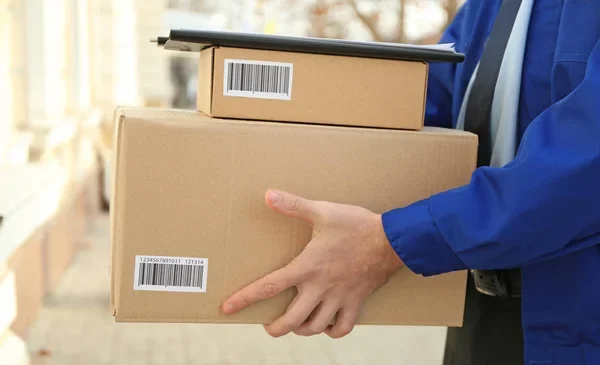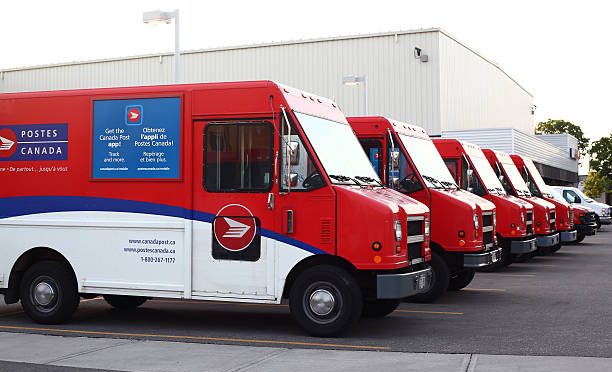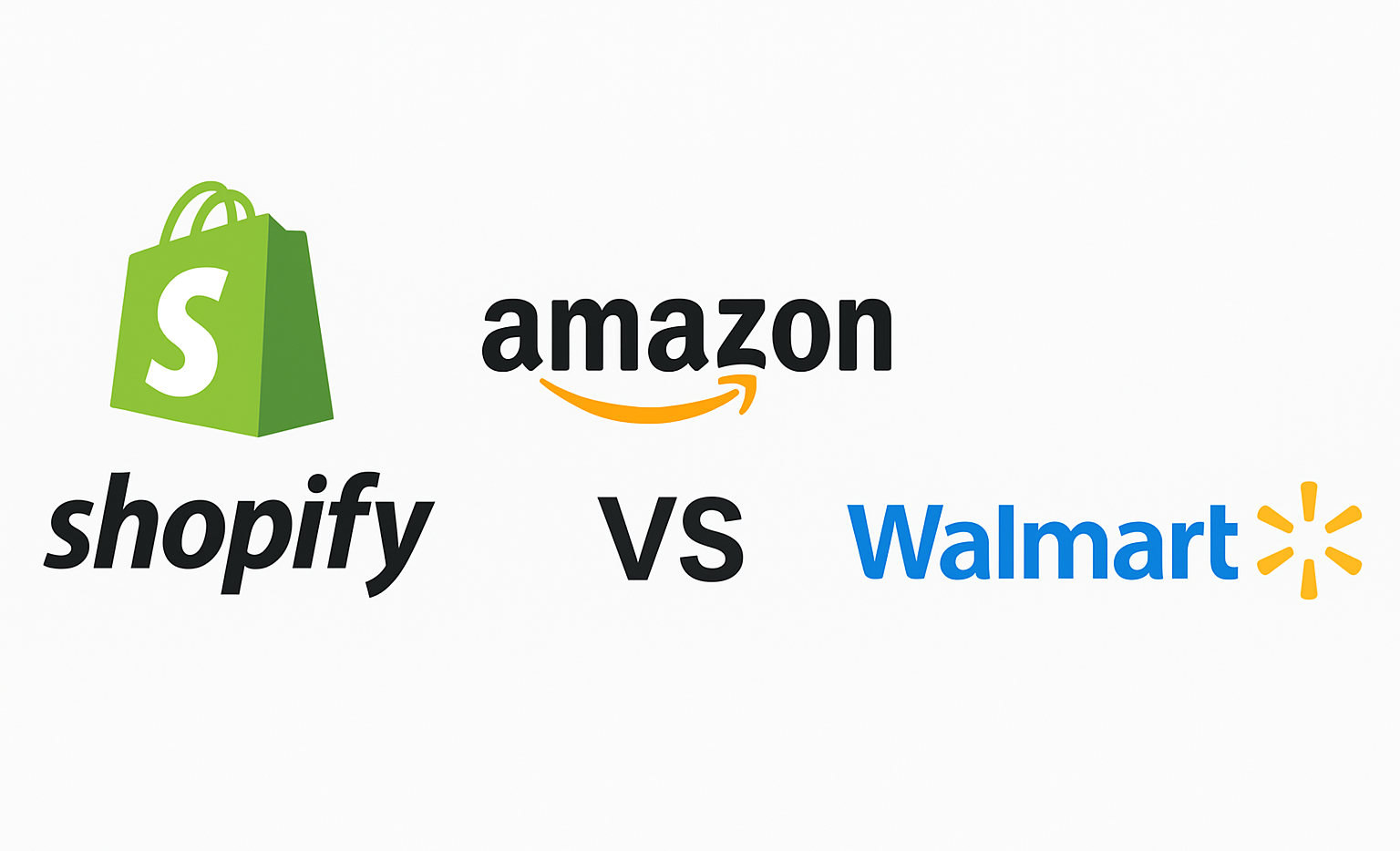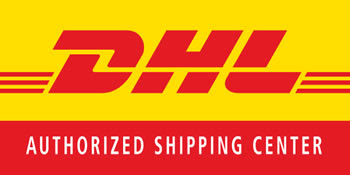
When your shipping volume grows beyond what you can handle efficiently on your own, it’s time to consider switching from DIY shipping to a professional service. Managing shipping logistics by yourself may work in the early stages, but as orders increase, the risk of errors, delays, and rising costs becomes harder to control.
The key indicator to make this switch is when your current shipping process starts to limit your ability to meet customer expectations consistently and profitably. Professional shipping services offer flexibility, scalability, and expertise that help reduce errors, shorten delivery times, and improve overall reliability.
You benefit from optimized shipping strategies and better carrier rates, which can save money and support further growth. If you’re ready to scale without sacrificing efficiency, understanding when and how to transition will set your business up for long-term success.
Recognizing the Signs to Transition from DIY to Professional Shipping
You may face challenges in managing rising shipping volumes, operational inefficiencies, and compliance risks. Knowing when these issues start to impact your business helps you decide if it’s time to switch from a DIY shipping approach to professional services.
Understanding Shipping Volume Thresholds
As your order numbers increase, handling shipments yourself can become impractical. When you regularly exceed 100–200 packages a day, manual processes often lead to delays and errors. You need faster turnaround times and consistent delivery performance.
Professional services can handle larger volumes with better scalability. They provide automated tracking, streamlined fulfillment, and access to carrier discounts you might not secure independently. If keeping pace with demand requires more labor or resources than your current setup, it’s a clear signal to consider outsourcing.
Identifying Workflow Bottlenecks
Look for repetitive delays in your shipping workflow. Bottlenecks may appear as slow order processing, frequent mislabeling, or packaging errors. These inefficiencies increase costs and damage customer satisfaction.
If you notice increased time from order receipt to shipment or escalating error rates, your current system may not support higher volumes or complexity. Manual task overload and lack of integration with inventory or sales platforms are common causes.
Switching to a professional shipping provider helps by automating processes and optimizing workflows. They can integrate your systems and implement quality controls, reducing bottlenecks and improving overall efficiency.
Assessing Risk and Compliance Challenges
Your shipping operations must meet carrier rules, customs regulations, and product-specific handling requirements. As you scale, these rules become more complex and costly to manage.
Errors in customs documentation or hazardous materials handling can lead to fines, shipment delays, or lost inventory. DIY shipping often lacks the expertise to consistently navigate these complexities.
Professional shipping services have dedicated compliance teams and systems to mitigate risk. If you experience frequent issues with regulations or face penalties, it’s time to rely on specialists who keep your shipments compliant and secure.
Benefits and Considerations of Professional Shipping Services
Using professional shipping services can transform your shipping process by improving how efficiently you operate, how your customers perceive your business, and how you manage costs. Understanding these factors helps you make a strategic decision about when to scale your shipping operations.
Gaining Operational Efficiency
Professional shipping services handle complex logistics that can consume your time and resources. They manage scheduling, permits, customs clearance, and coordination with carriers. This reduces your operational burden and minimizes the risk of errors.
You gain access to experienced logistics experts who plan routes precisely and handle regulatory requirements. This precision mitigates delays and ensures compliance with safety standards. Outsourcing these tasks frees you to focus on core activities like marketing and product development.
The streamlined process from booking to delivery reduces the chances of mishandled shipments and missed deadlines. This can significantly increase your overall workflow efficiency and business scalability.
Enhancing Customer Experience
A reliable shipping process directly impacts your customer’s satisfaction. Professional shipping services provide consistent and timely delivery, which helps you meet customer expectations.
These services often include tracking capabilities and communication updates, allowing your customers to stay informed. This transparency builds trust and reduces inquiries about order status.
Additionally, professional services handle unforeseen issues like customs delays or damaged goods more effectively. Their expertise ensures faster problem resolution, which reflects positively on your brand and encourages repeat business.
Evaluating Cost Implications
Switching to professional shipping involves weighing the upfront costs against potential savings and benefits. While the service fees may be higher than DIY shipping, they often reduce hidden costs from errors or delays.
You can expect savings from negotiated rates with carriers and reduced administrative overhead. Professional services handle paperwork and compliance, decreasing the likelihood of fines and penalties.
Consider how much time and resources you currently spend managing shipping tasks. Redirecting these towards growth efforts might offset the service costs. Evaluate if scaled shipping volumes justify investment in professional solutions to avoid inefficiencies and unexpected expenses.






